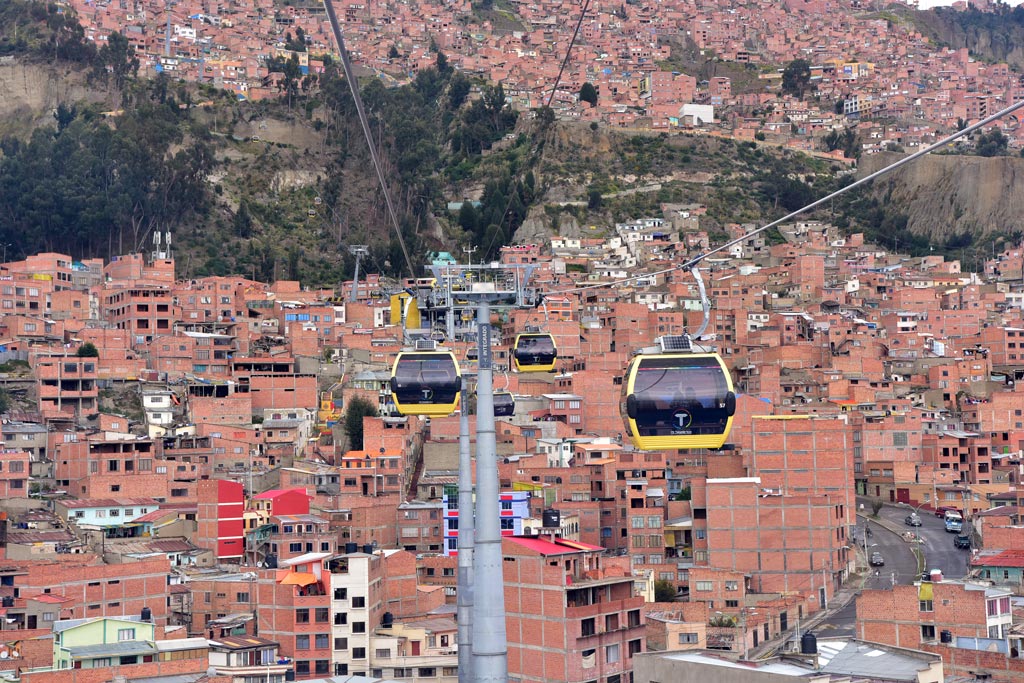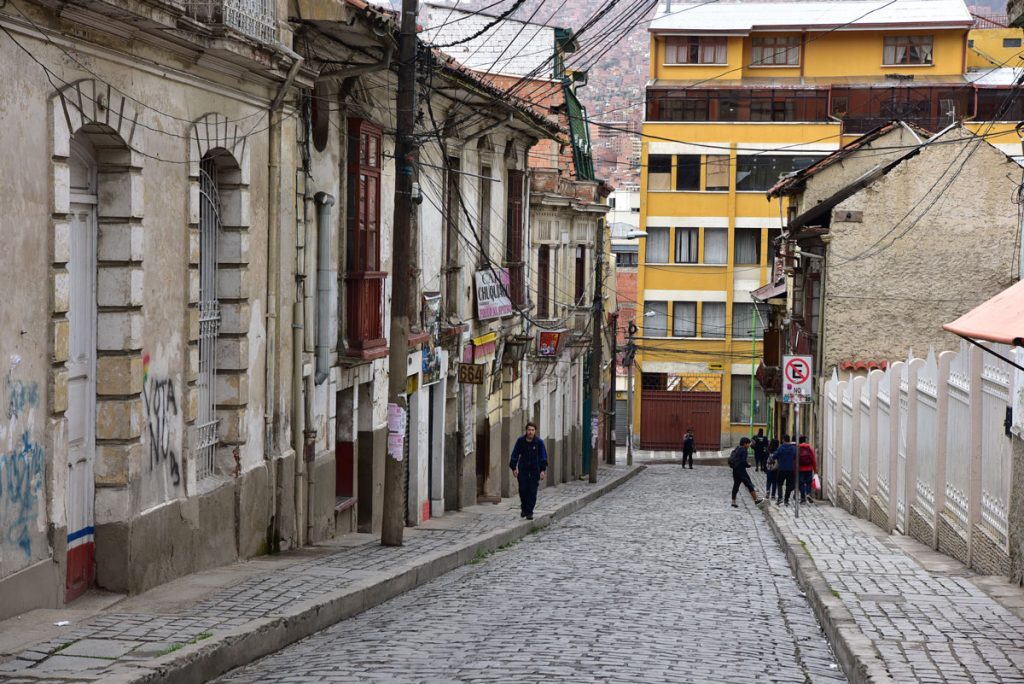Bolivia, one of the poorest countries in South America, with a large percentage of its population living in poverty. One of the biggest challenges facing Bolivia is the lack of infrastructure connecting its urban and rural areas. This makes it difficult for people to access basic services, education, and employment opportunities, particularly those living in the high-altitude neighborhoods surrounding La Paz, the country’s administrative capital.

La Paz, the capital city located in western Bolivia, at an elevation of approximately 3,640 meters (11,942 feet) above sea level, making it one of the highest cities in the world. The city’s urban area spreads across the valley and climbs up the surrounding hillsides, creating a unique and dramatic landscape, and it has also posed several challenges to urban development, including transportation and access to basic services.

To address this problem, the Bolivian government invested in a cable car system known as Mi Teleférico, which connects the city center to the surrounding neighborhoods. The cable car system not only provides a much-needed transportation option, but it has also had a significant impact on the economic development of these areas.
This also led me to reflect how the landscape might affect the neighbourhood, coz in Hong Kong, the Mid-Levels is an upscale residential area, but in La Paz, due to the terrain, the most prosperous area is in the center of its basin. Conversely, the poorer areas are often located on both sides of the high mountains.

For the good development, the cable car system has created new job opportunities for residents in the surrounding neighborhoods, including jobs in the construction and maintenance of the system, as well as in the tourism industry. It has also made it easier for residents to access the city center, which has led to increased economic activity, particularly in the retail and hospitality sectors.

The cable car system has also helped to improve social inclusion and reduce inequality. By connecting high-altitude neighborhoods to the city center, residents now have better access to basic services and job opportunities, which has helped to improve their quality of life. This has been particularly beneficial for those living in poverty, who have historically been marginalized and excluded from the benefits of economic growth.

